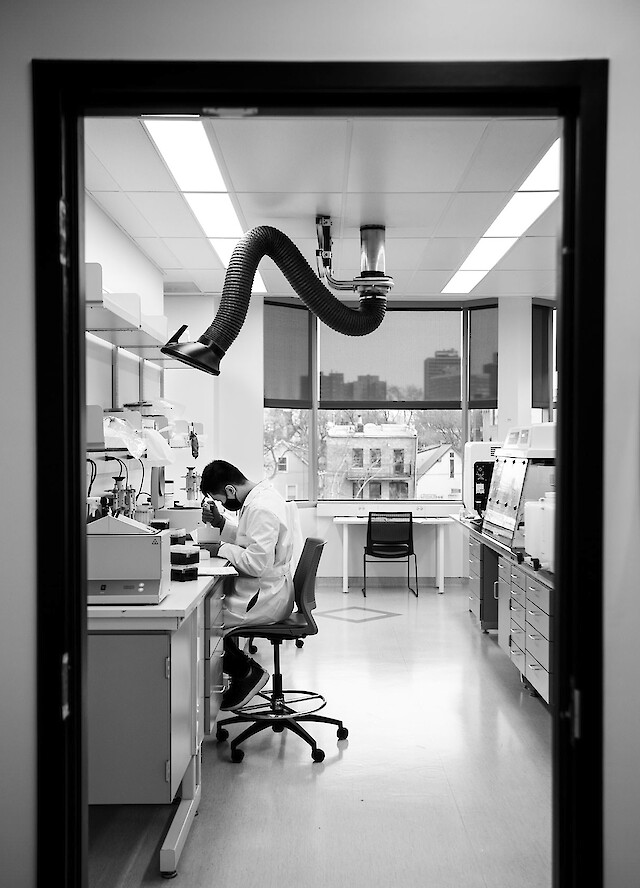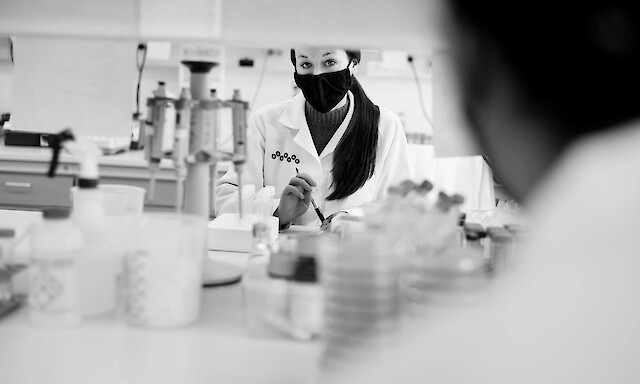Rules
Nature’s hidden rules, you have to have a model.

Any kind of difficult problem that you want proteins to solve requires you to have a model for how you search for solutions.
We give proteins a problem just like nature might have done, and we accelerate the solution with our model. With every model iteration we are simulating what might have taken place over millions of years. This allows us to leapfrog into new spaces of possible solutions that nobody’s found before.
The Evozyne platform is unlike any other traditional method of protein design in several key ways.
Our platform
01 Starting point
We use the evolutionary history of a protein, not just a single protein.
Rather than varying a single natural sequence (directed evolution) or manipulating a single atomic structure (physics-based design), we capture information from genome databases representing a deep evolutionary record of a target protein. Merging this with experimental data, we learn the non-intuitive hidden rules of protein function.
02 Design philosophy
We rationally search the entire design space, not just around the active site.
Protein sequence space is impossibly large – much larger than the number of atoms in the known universe – and cannot be searched comprehensively by any existing approach. Our generative machine learning models help find the vanishingly small subset of this space – the design manifold – that encodes folded, functional, and evolvable proteins. This unlocks the natural potential of evolved proteins for functional innovation.
03 Learning mechanism
We learn from every sequence generated in our design process, not just what works.
Rather than stepwise variation through single mutations, our models quickly evolve through rounds of iterative optimization, using thousands of measurements per iteration. Genotype-phenotype mapping for every sequence generated provides unbiased insights as feedback to our models. This leads us to our desired solutions faster and with greater efficiency.
04 Performance optimization
We tune multiple parameters simultaneously instead of one at a time.
Successful protein engineering often involves a difficult multidimensional optimization over potentially correlated properties – catalytic power, substrate specificity, stability, environmental sensitivity, etc. Traditional methods go about this by optimizing one property at a time. The design rules uncovered by Evozyne enable simultaneous optimization over complex objective functions. This dramatically accelerates protein engineering campaigns and enables novel solutions that cannot be reached through serial optimization.
05 Delivered output
We provide a library of functional proteins instead of a single optimized molecule.
Just like natural evolution, our models produce a great diversity of sequences, all of which are solutions to a given design problem. This can facilitate downstream screens for specialized environments, proprietary host strains, and manufacturability. This enables our solutions to scale up from the lab to commercial operation with ease.
